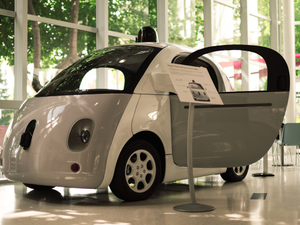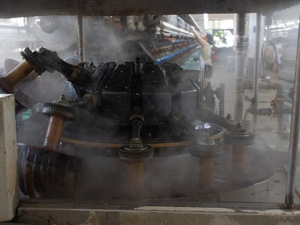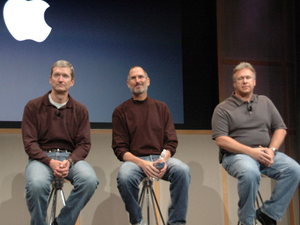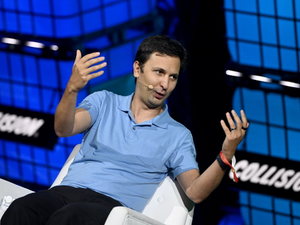AI Crashed the Bar Exam Party, and Lawyers Are NOT Having It

Photo by Ash Edmonds on Unsplash
Welcome to the wild world of legal testing, where artificial intelligence is now playing bartender at the exam cocktail party. The California State Bar just dropped a bombshell that’s got law professors spitting out their cold brew: they secretly used AI to craft questions for the February 2025 bar exam. 🤯
In a move that sounds like a tech startup’s fever dream, ACS Ventures whipped up 23 multiple-choice questions using AI assistance, sparking more controversy than a startup pitch gone wrong. The State Bar claims these questions were “reviewed” by experts, but legal educators are calling bullsh*t faster than you can say “objection”.
The AI Invasion of Legal Testing
Mary Basick from UC Irvine’s law school didn’t mince words, calling the situation “unbelievable” - and not in a good way. Katie Moran from USF Law dropped some serious shade, pointing out the same company that generated the AI questions also approved them. Talk about a conflict of interest that would make Silicon Valley blush.
Why Tech Bros Shouldn’t Write Law Exams
The California Supreme Court apparently urged exploring “new technologies” to improve testing. Spoiler alert: this might not be what they meant. While AI might be great for generating memes and writing code, crafting nuanced legal multiple-choice questions? Maybe not so much.
The Fallout Begins
With 23 AI-generated questions sneaking into the exam and causing more drama than a reality TV show, legal educators are seriously questioning the integrity of standardized testing. Is this the future of professional certification, or just another tech experiment gone sideways?
Stay tuned, because this AI legal drama is just getting started. 🍿
AUTHOR: tgc
SOURCE: Ars Technica





















































